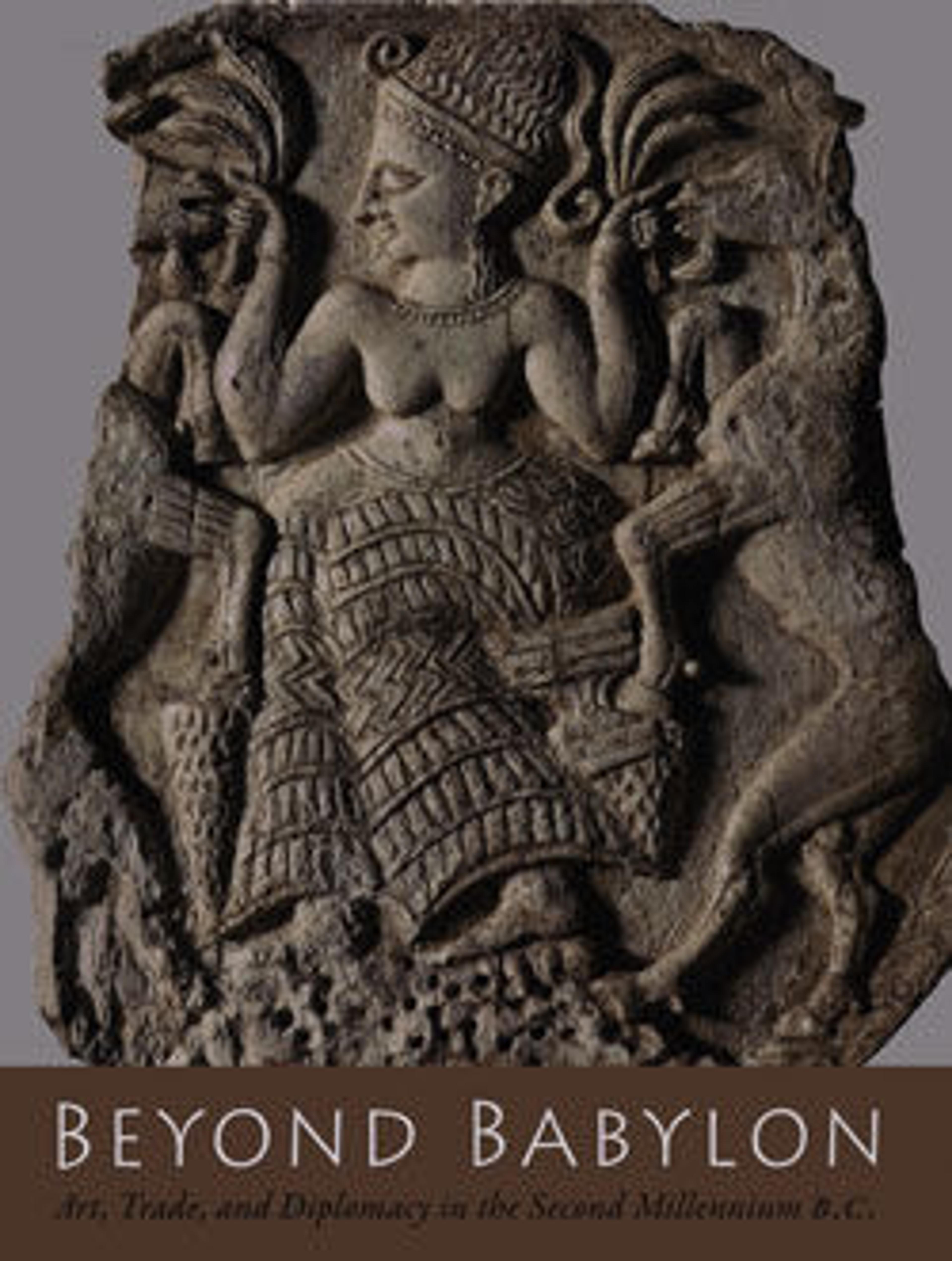Furniture element: kneeling male figure
This fragment belongs to a group of carved ivories, mostly furniture elements, probably found at the site of a palace at Acemhöyük in central Anatolia. Carved in the round, the piece shows a kneeling figure who is missing his head. He wears a long kilt belted at the waist, with traces of gilding remaining on the belt. His bare chest and arms are softly modeled, with a navel defined just above the belt. His feet are visible emerging from his kilt when seen from the back and sides. The figure has attachment holes drilled in its flat base, and likely adorned a piece of furniture. The pink staining of this piece indicates that iron oxides are present on the surface, although it is not known whether this was a deliberate decorative treatment, or a result of contact with the soil in which this and other pieces of carved ivory from Acemhöyük were buried.
Artwork Details
- Title:Furniture element: kneeling male figure
- Period:Middle Bronze Age–Old Assyrian Trading Colony
- Date:ca. 18th century BCE
- Geography:Anatolia, probably from Acemhöyük
- Culture:Old Assyrian Trading Colony
- Medium:Ivory, gold leaf
- Dimensions:2 3/8 × 1 1/16 × 1 1/8 in. (6 × 2.6 × 2.9 cm)
- Credit Line:Gift of Mrs. George D. Pratt, in memory of George D. Pratt, 1937
- Object Number:37.143.2
- Curatorial Department: Ancient West Asian Art
More Artwork
Research Resources
The Met provides unparalleled resources for research and welcomes an international community of students and scholars. The Met's Open Access API is where creators and researchers can connect to the The Met collection. Open Access data and public domain images are available for unrestricted commercial and noncommercial use without permission or fee.
To request images under copyright and other restrictions, please use this Image Request form.
Feedback
We continue to research and examine historical and cultural context for objects in The Met collection. If you have comments or questions about this object record, please contact us using the form below. The Museum looks forward to receiving your comments.
